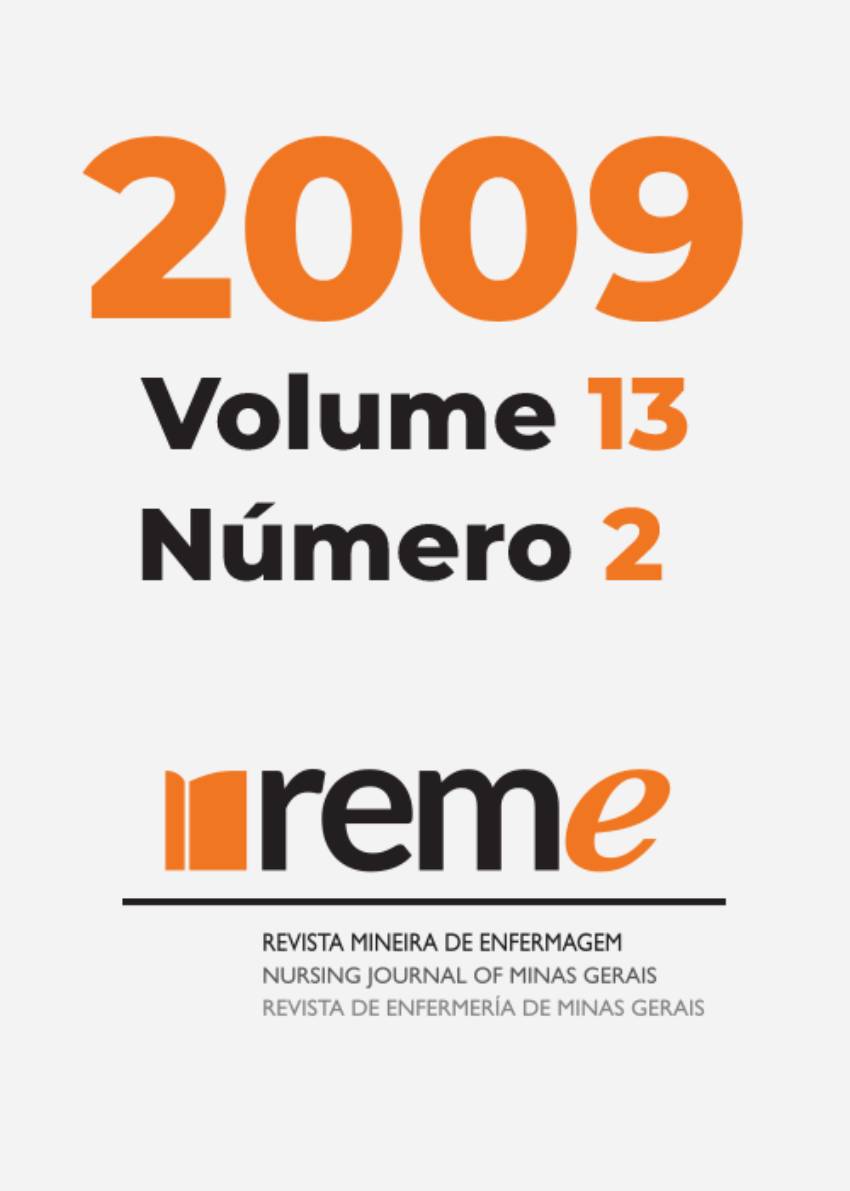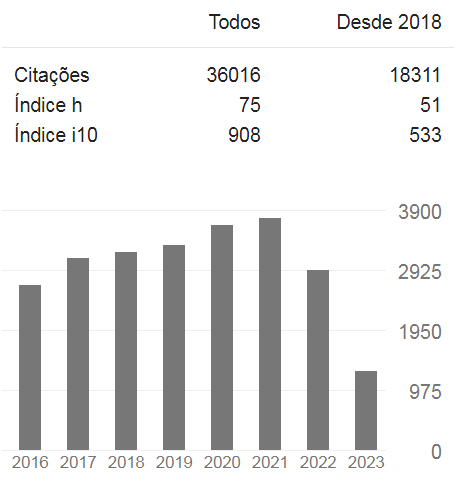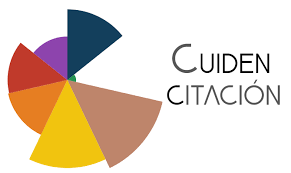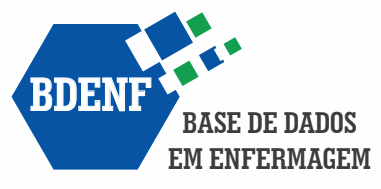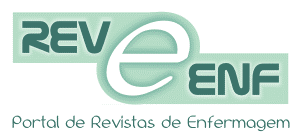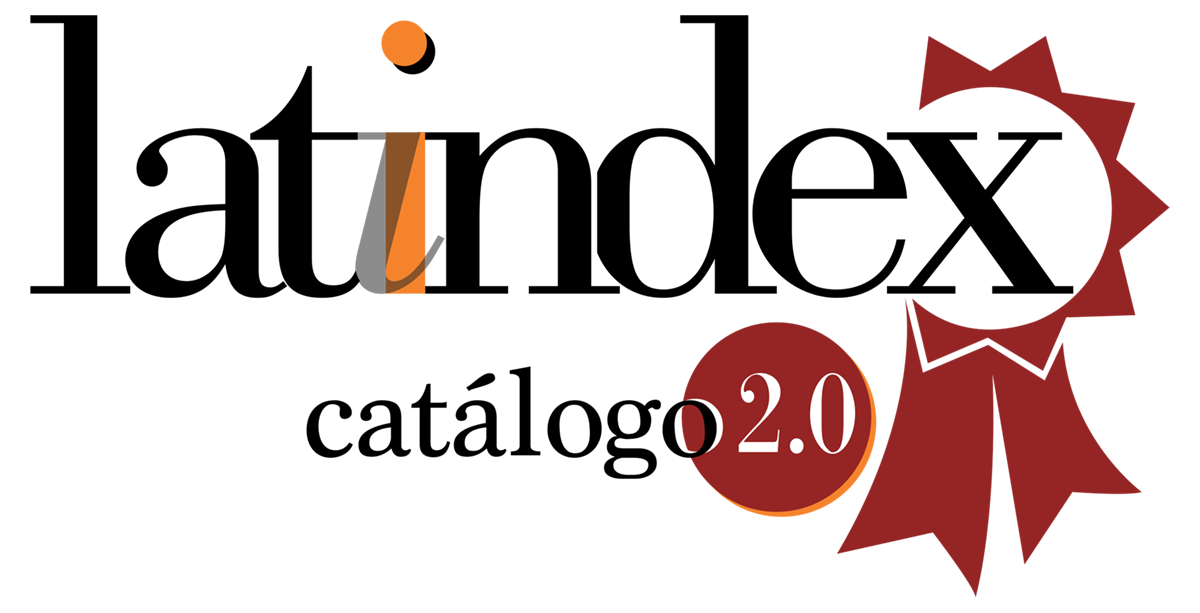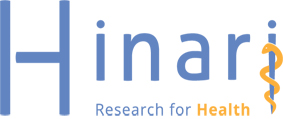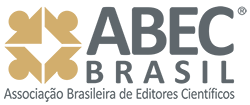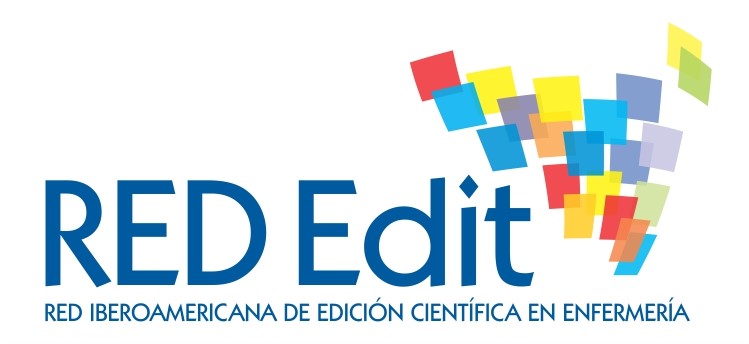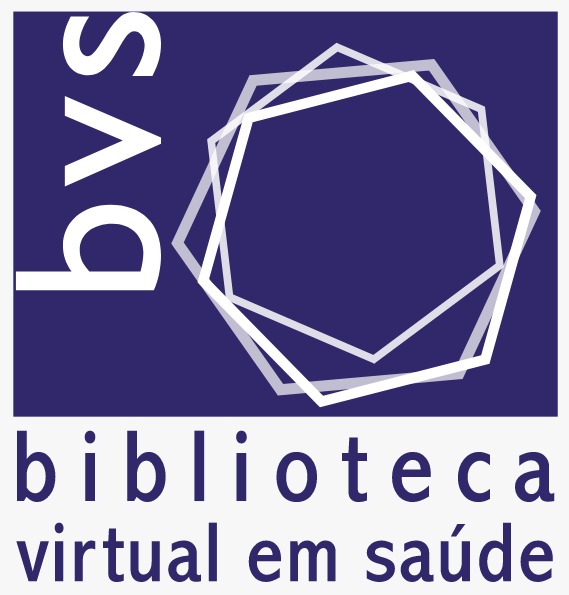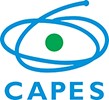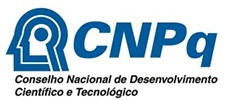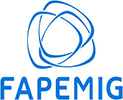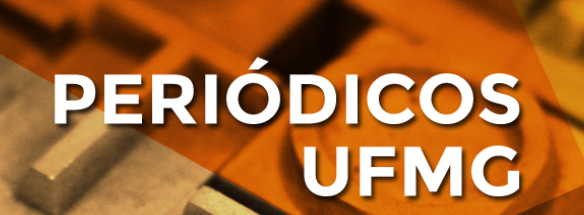The nurse in the practice of peripherally inserted central catheter in neonatal care
DOI:
https://doi.org/10.35699/reme.v13i2.50544Keywords:
Catheterization Peripheral, Infant, Newborn, NursingAbstract
In order to improve health care quality provided to premature newborns, the use of peripherally inserted central catheters (PICC) has become more common. This study aims to describe some variables related to the insertion, to the maintenance and to the removal of PICC in neonates who are hospitalized in an Intensive Care Unit. It is a descriptive study with a longitudinal design. Prospective data collection was held in a private institute in upstate São Paulo. Data were obtained through observation and analysis of patients' charts between August and September 2008. The study was previously approved by the Ethics Research Committee. Fourteen newborns who met the criteria for inclusion were evaluated. The most prevalent gestational age was 30 to 34 weeks with weight over 1500 g. Most patients were female (57.2%), and the main indication for catheter insertion was partial parenteral nutrition. The catheter used was silicone 1.9Fr; the average frequency of puncture was 3.1 and in 57.2% of the cases the first punch was successful. The most commonly punctured vein was the basilica (71.2% of the cases). The main reasons for failure were bruises, vascular weakness and difficulty of progression. The mean time of catheter permanence was 10.5 days, and the main indication for removal was end of intravenous therapy (71.4% of the cases). Culture of the catheter tip was required for all catheters with positive result for Staphylococcus aureus.Downloads
Download data is not yet available.
Published
2009-06-01
How to Cite
1.
Freitas EM de, Nunes ZB. The nurse in the practice of peripherally inserted central catheter in neonatal care. REME Rev Min Enferm. [Internet]. 2009 Jun. 1 [cited 2024 Sep. 27];13(2). Available from: https://periodicos.ufmg.br/index.php/reme/article/view/50544
Issue
Section
Research

